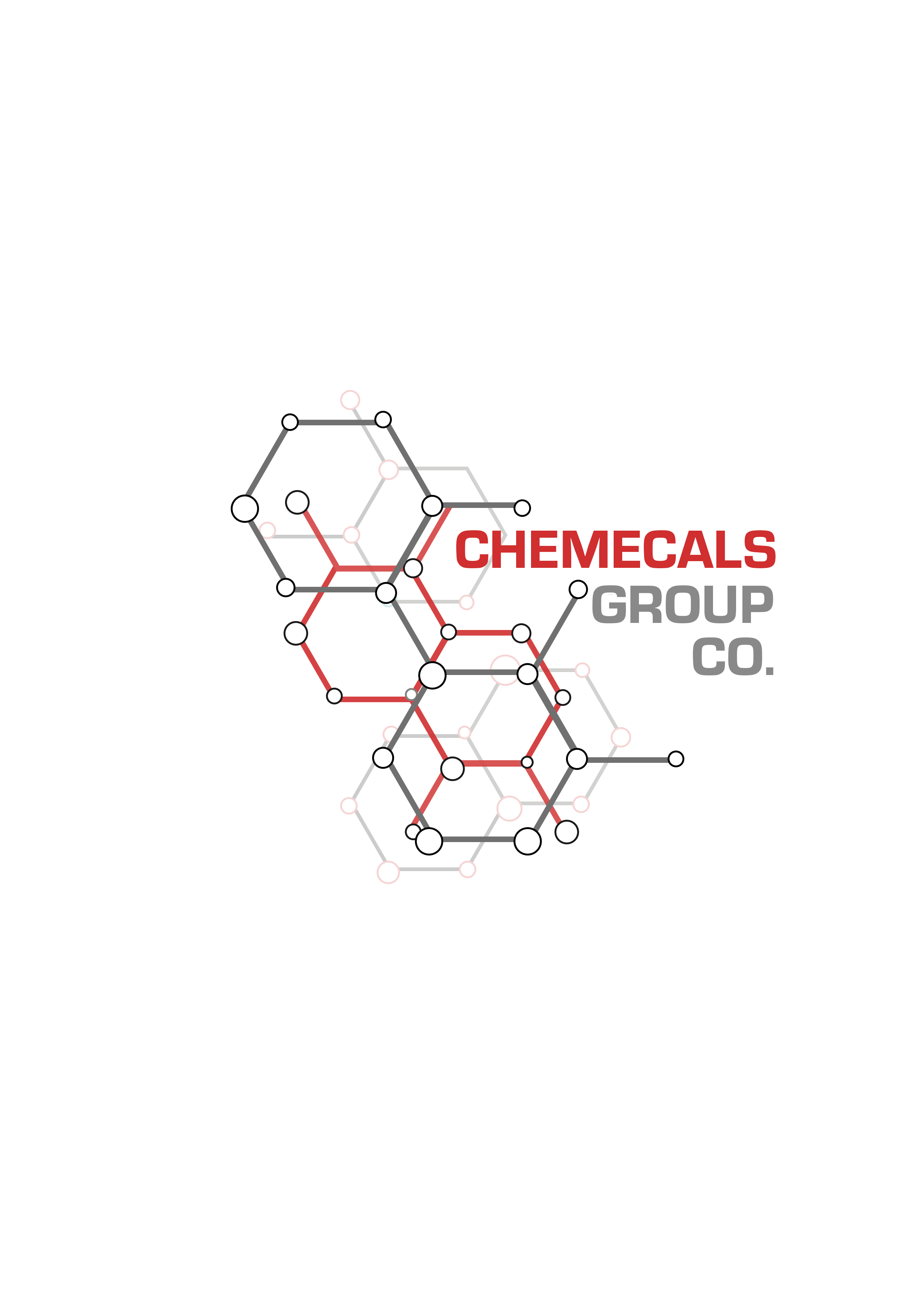
As more organizations commit to achieving net-zero greenhouse gas (GHG) emissions by 2050, they are increasingly considering the scope of the emissions included in that goal. In 2022, that scope will widen significantly for chemical companies in response to shareholder and customer pressure.
TAKEAWAYS
• The chemical industry’s customers are demanding carbon reduction up and down the value chain.
• Most chemical companies report upstream and downstream emissions; few detail reduction plans.
• Changing feedstocks is one powerful way chemical firms can reduce upstream emissions.
Almost all chemical companies have specific and public targets for reducing what are known as scope 1 and 2 emissions: the carbon emitted from their manufacturing processes and from generating the energy to run their overall operations, respectively.
Information about scope 3 emissions—the upstream carbon footprint of raw materials and the downstream emissions associated with the use and disposal of products—is harder to find in sustainability reports and other corporate documents. And most companies don’t include scope 3 emissions in their publicized emission reduction goals.
In 2022, the norm in the chemical industry will start moving from measuring and reporting scope 3 emissions toward making plans and setting public goals to reduce them. The push to do this will come largely from the industry’s customers, which are demanding that suppliers rapidly cut all types of emissions.



